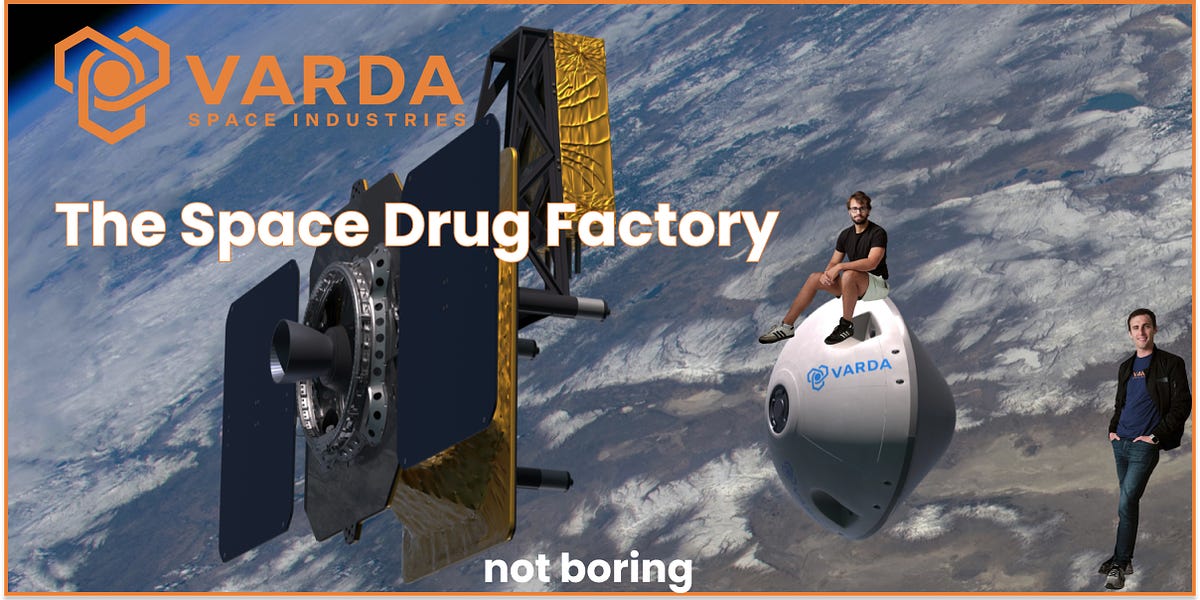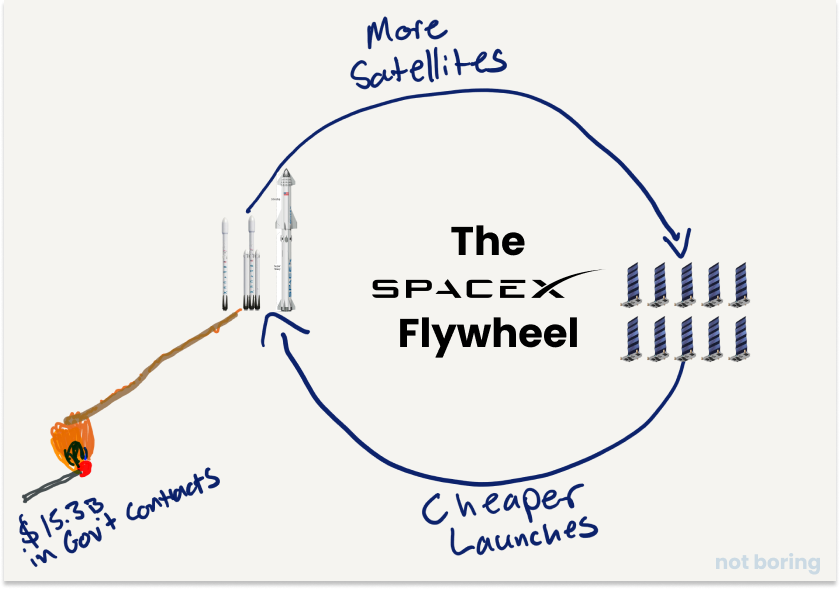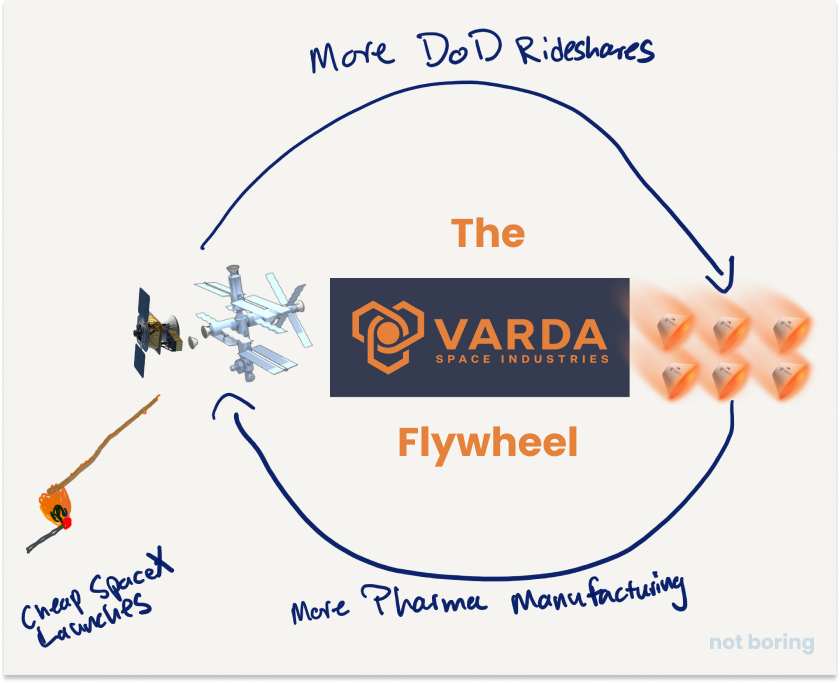# Varda: The Space Drug Factory

## Metadata
- Author: [[Packy McCormick]]
- Full Title: Varda: The Space Drug Factory
- Category: #articles
- URL: https://www.notboring.co/p/varda-the-space-drug-factory#%C2%A7how-to-build-a-deeptech-company
## Highlights
- The **first** is that “you need to know what milestones investors are going to be looking for at the Series B and operate to them. I don’t love the idea of operating companies on behalf of what investors want to see, but when you’re running a deeptech company, you have to do that.” ([View Highlight](https://read.readwise.io/read/01h2td69jpnkap4z9jy27vfn99))
- The **second** component is that deeptech companies should begin generating revenue within three years. ([View Highlight](https://read.readwise.io/read/01h2td8nnmvehya8dc2172tjz1))
- Venture capitalists have investors, too: their Limited Partners (LPs). LPs typically expect to get their cash back and more within ten years. VCs typically invest each fund over two to three years, which means that once companies are funded, they have seven to eight years to return capital. ([View Highlight](https://read.readwise.io/read/01h2td92bkw2dw69hq2f1yd5h0))
- Deeptech companies need to continuously raise capital to fund further milestones before they become profitable, so they need to continue to be an attractive investment for VCs. Therefore, deeptech companies can’t wait around in the pre-revenue R&D phase for too long, because they need to show investors that they’ll generate a return within the life of the fund. ([View Highlight](https://read.readwise.io/read/01h2td9v4shgwahqrcv7z4m6f0))
-  ([View Highlight](https://read.readwise.io/read/01h2vy8k4bmdk6q4bqx55n995z))
- As Casey Handmer concludes at the end of his two-parter, *[The SpaceX Starship is a very big deal](https://caseyhandmer.wordpress.com/2019/10/29/the-spacex-starship-is-a-very-big-deal/)* and *[Starlink is a very big deal](https://caseyhandmer.wordpress.com/2019/11/02/starlink-is-a-very-big-deal/)*, Starlink and Starship wouldn’t exist without each other, and our near-future spacefaring capabilities would be nowhere as ambitious without both of them. “A **ubiquitous, generic, and cheap Starlink is not possible without Starship**,” he wrote, and “**Starship, a launcher cheap enough to be interesting, is not possible without Starlink.”** ([View Highlight](https://read.readwise.io/read/01h2vy9jx8bxfb154tz4qpf93j))
-  ([View Highlight](https://read.readwise.io/read/01h2vybw50xxj5s6d31bhx95sr))
- In *The Case for Space,* Zubrin estimated that even with $200/kg launch costs, a space manufacturing company would need to generate at least $80 million in revenue, or 40 tons of product, to cover its costs. This economic reality is why Zubrin made the argument to focus on “advanced computer chips, **unique pharmaceuticals**, or lossless fiber-optic cables.” They’re the highest value-per-weight products that benefit from microgravity. ([View Highlight](https://read.readwise.io/read/01h2vycm5f0k5bbk7bj2dy4551))
- The two products that have most reliably delivered venture-scale returns are drugs and software. ([View Highlight](https://read.readwise.io/read/01h2vyd46q9d5e23702kga86fm))
- Crystallography is a central technique in the life sciences—it’s how we figured out the double helical structure of DNA and every single other molecular structure we’re currently aware of. Over the past few decades protein crystal growth (PCG) experiments have been “[by far the largest single category of experiments conducted on the orbiting lab](https://www.nasa.gov/mission_pages/station/research/station-science-101/Protein_Crystal_Growth_Experiments/)” of the ISS. ([View Highlight](https://read.readwise.io/read/01h2vyhe72yg8j46v2nze5zh4c))
- **Doing crystallization in space is like adding a gravity knob to your instrument**—it opens up regions of process design space that would otherwise be inaccessible. ([View Highlight](https://read.readwise.io/read/01h2vyjty8wc5t3wa1g25z6h5m))